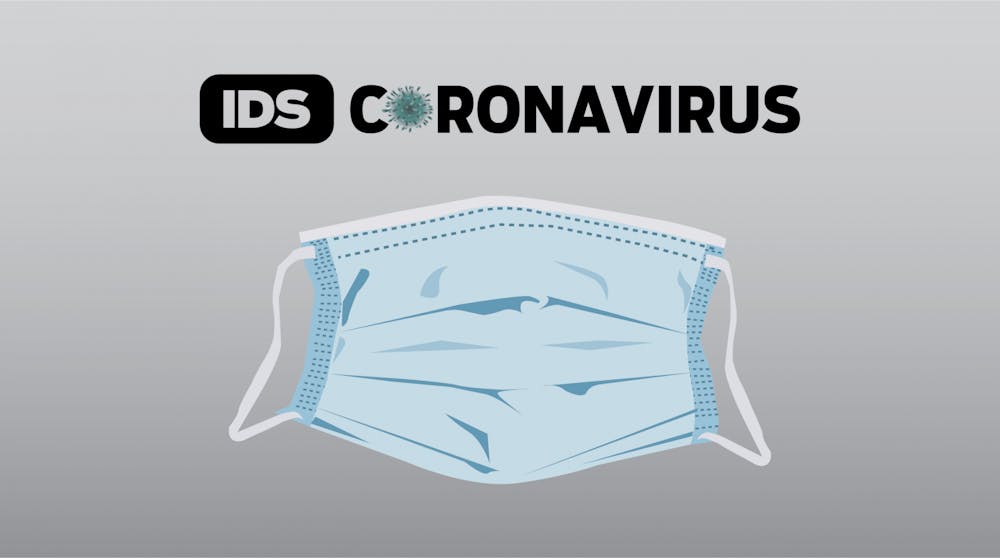Robert Redfield, The Centers for Disease Control and Prevention Director, told the Washington Post the second wave of COVID-19 cases would be more challenging than the first because “we’re going to have the flu epidemic and the coronavirus epidemic” simultaneously. He received backlash for that comment, which was made in April, and had to clarify that he was never suggesting that the situation would be “impossible” to manage.
It’s unclear exactly how the public health landscape will look once flu season begins and COVID-19 continues, but it will be complicated, said Dr. Beth Rupp, medical director of the Student Health Center .
The symptoms of the flu and COVID-19 can present similarly. Both can cause a cough, fever or diarrhea, for example. However, a standout symptom of COVID-19 is the loss of taste or smell, Rupp said.
“I think it’s going to be really complicated just because the symptoms of COVID and flu can be so similar,” Rupp said. “So it’s going to be difficult knowing which viral infection a person has.”
The illnesses share many of the same high-risk groups, including elderly people and those with preexisting conditions, but the flu appears to be more dangerous for children under 2 than COVID-19.
In addition, the flu tends to be more predictable. It typically feels like being hit by a truck, whereas the coronavirus has more variation, especially in young people. Rupp said COVID-19 can certainly have that hit-by-a-truck effect, but many college students may only exhibit mild symptoms or no symptoms at all.
Every year the flu season puts the health care system at maximum capacity, Rupp said. Now, with the added obstacle of COVID-19, she isn’t sure how the system will handle the medical supply shortages and the need for qualified personnel.
“There’s always limitations on what the health care system can provide,” Rupp said. “We try to be able to plan for surges, but you can’t plan for super surges if you just don’t have the staff to handle when there’s so much burden of disease.”
What creates a “super surge” is many people overwhelming the system at once. When flu season begins, individuals might not know if they have COVID-19 or the flu, and they will try to visit their medical provider to make sure.
Freshman Karley Dunn said students are already on edge.
“I think it’s going to be really confusing and harder for people to stay calm,” Dunn said. “As soon as you cough once, you’re like ‘Oh my gosh, they have it.’”
One way to lessen this potential surge is to get this year’s flu vaccination, Rupp said.
“We know the flu shot is not 100% protective,” Rupp said. “But if everybody got it, it would be so much more protective than if just a handful of people get it.”
The Student Health Center is preparing to organize mass flu vaccination clinics in October through early November, Rupp said. All students, faculty and staff will have the opportunity to receive a vaccination.
The health center doesn't have all the details in order yet, but students should plan to visit one of the clinics and take advantage of the vaccination offer once they are up and running, Rupp said. Individuals receiving vaccinations will help prevent a possible overwhelming of the health care system when both illnesses are at their peak.
“People should just keep their eyes open and we’ll be getting the word out because we want everybody to get vaccinated," Rupp said.
Correction: A previous version of this article incorrectly identified the name of the Student Health Center. The IDS regrets this error.




